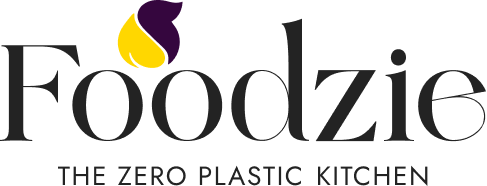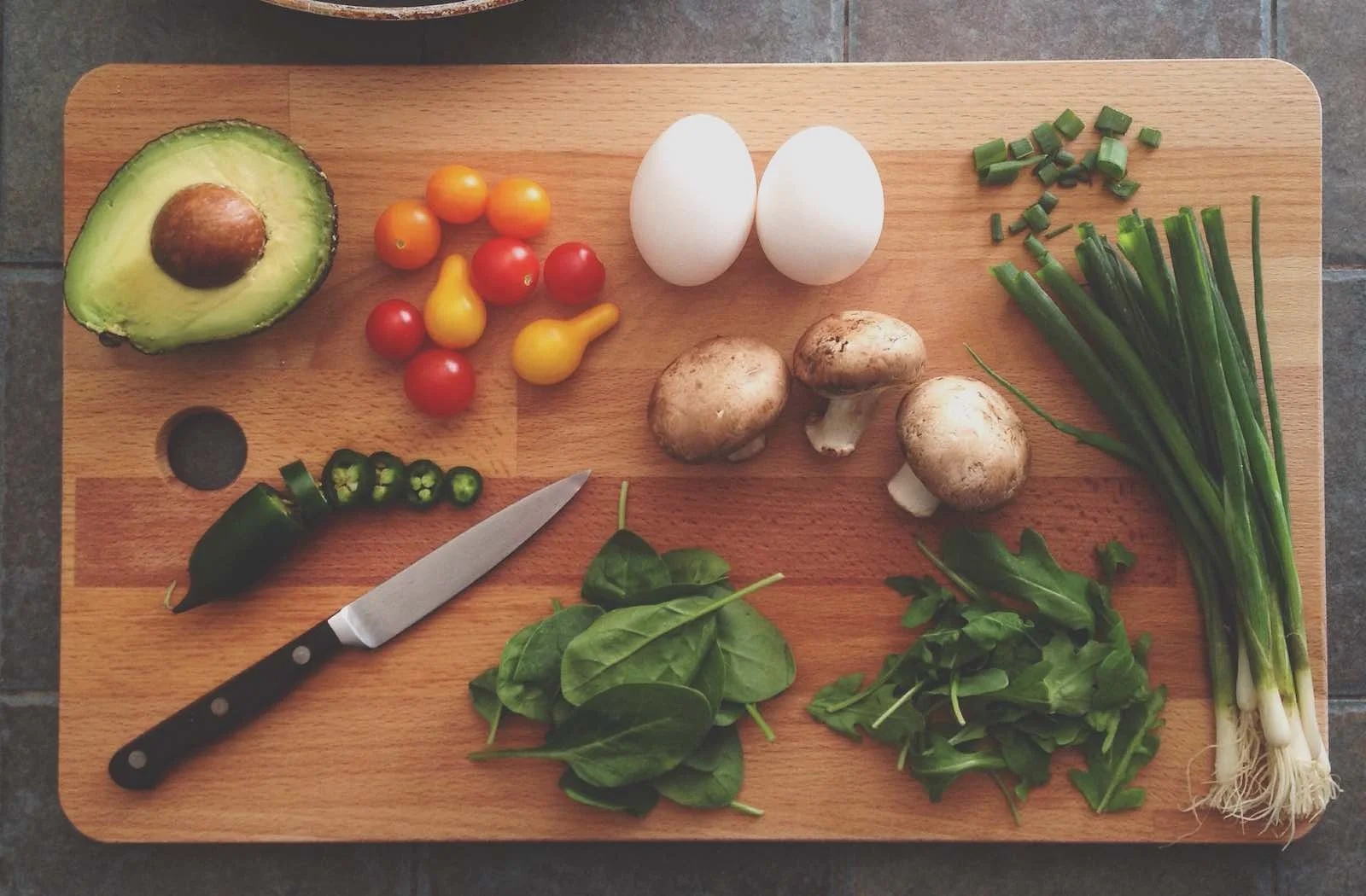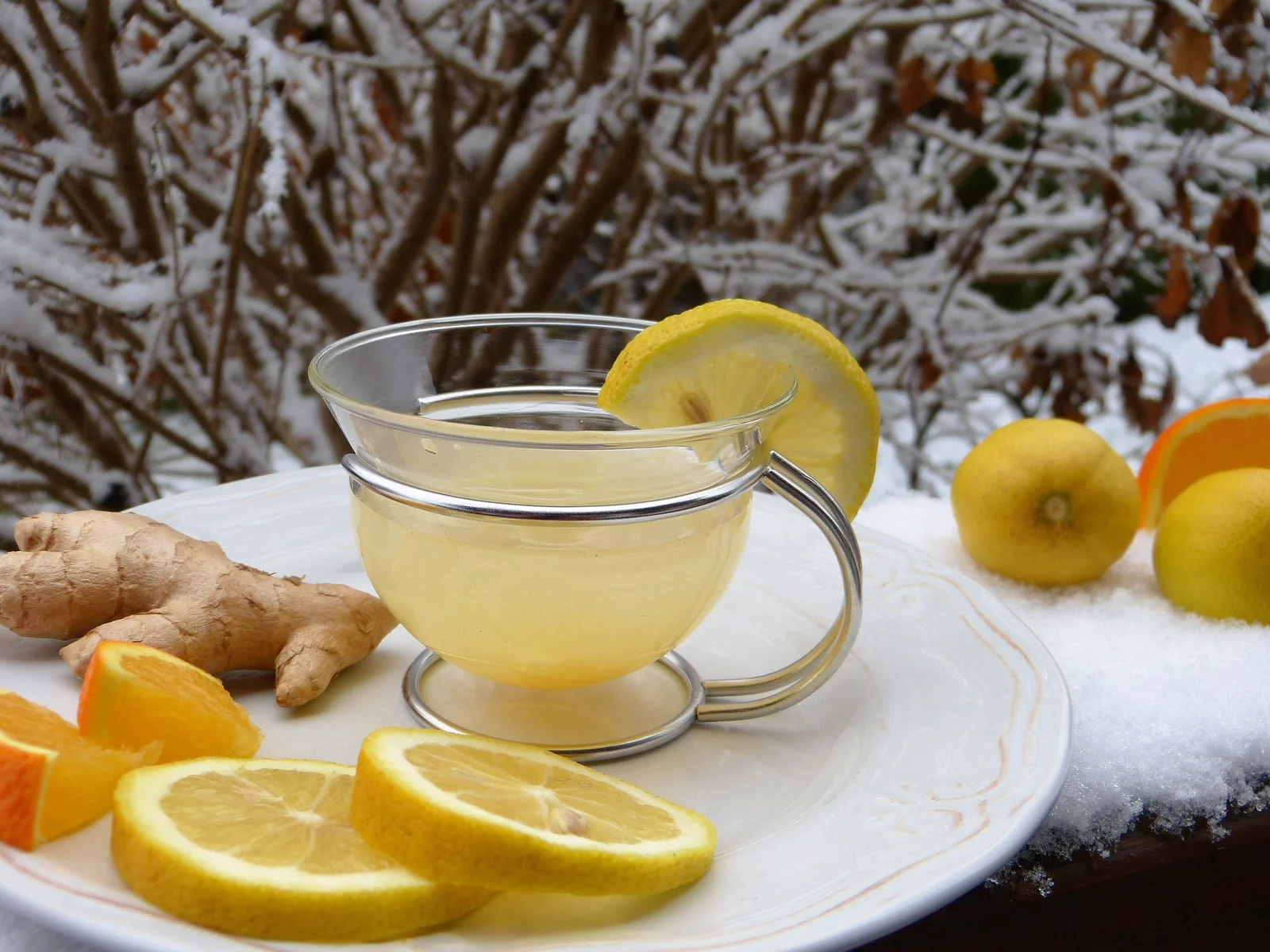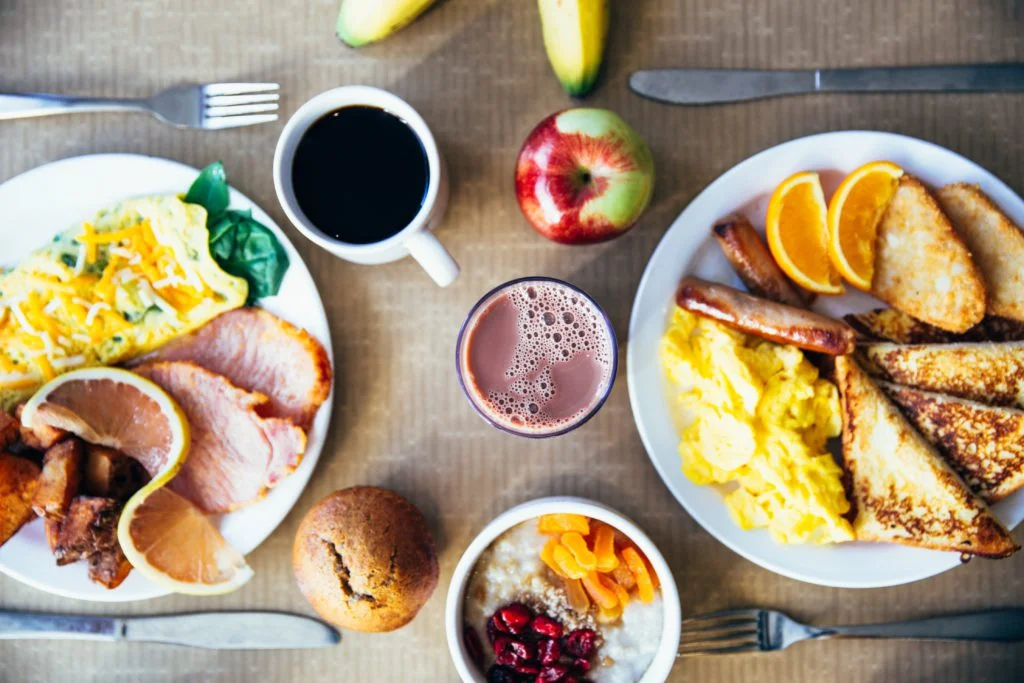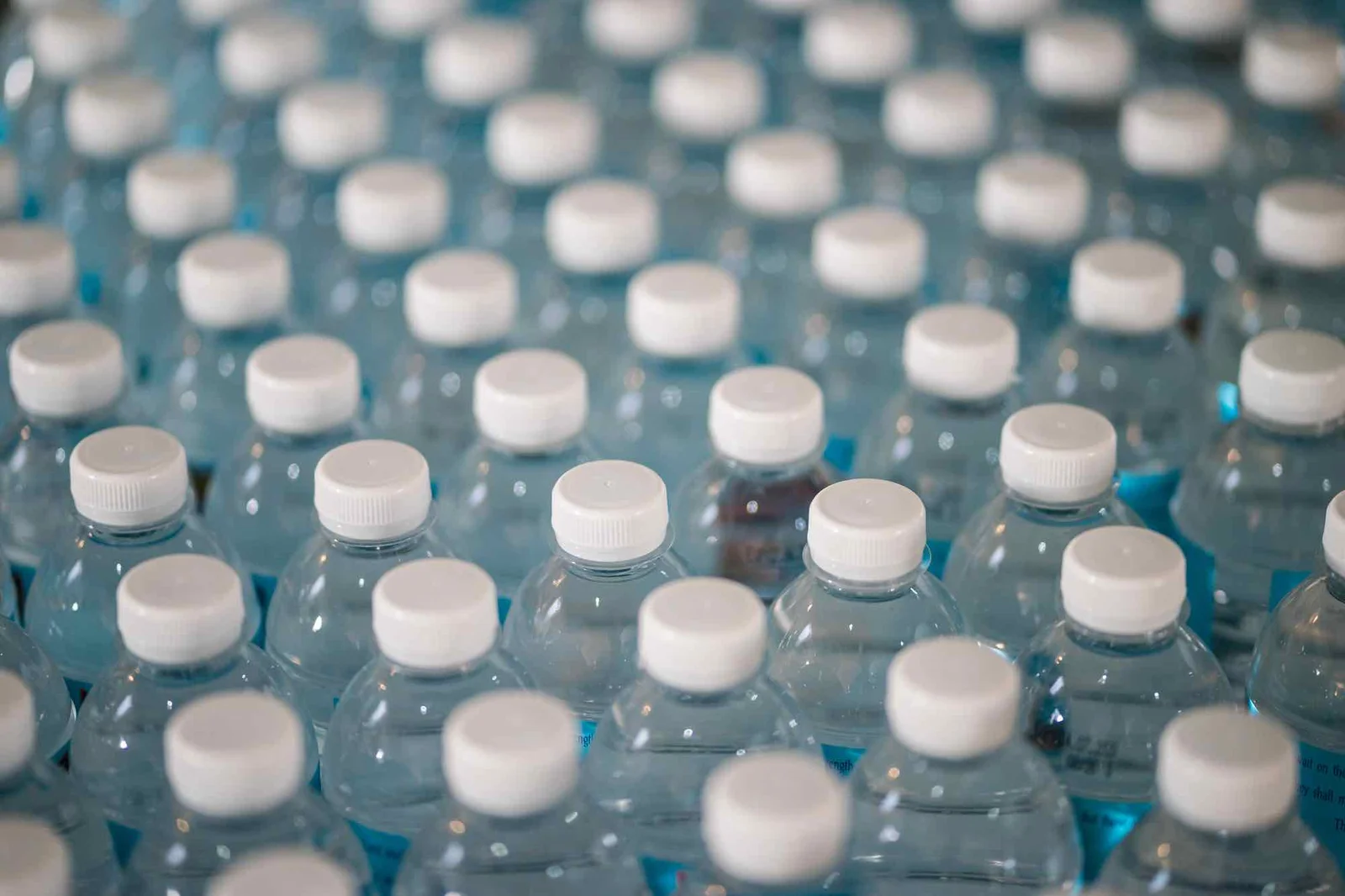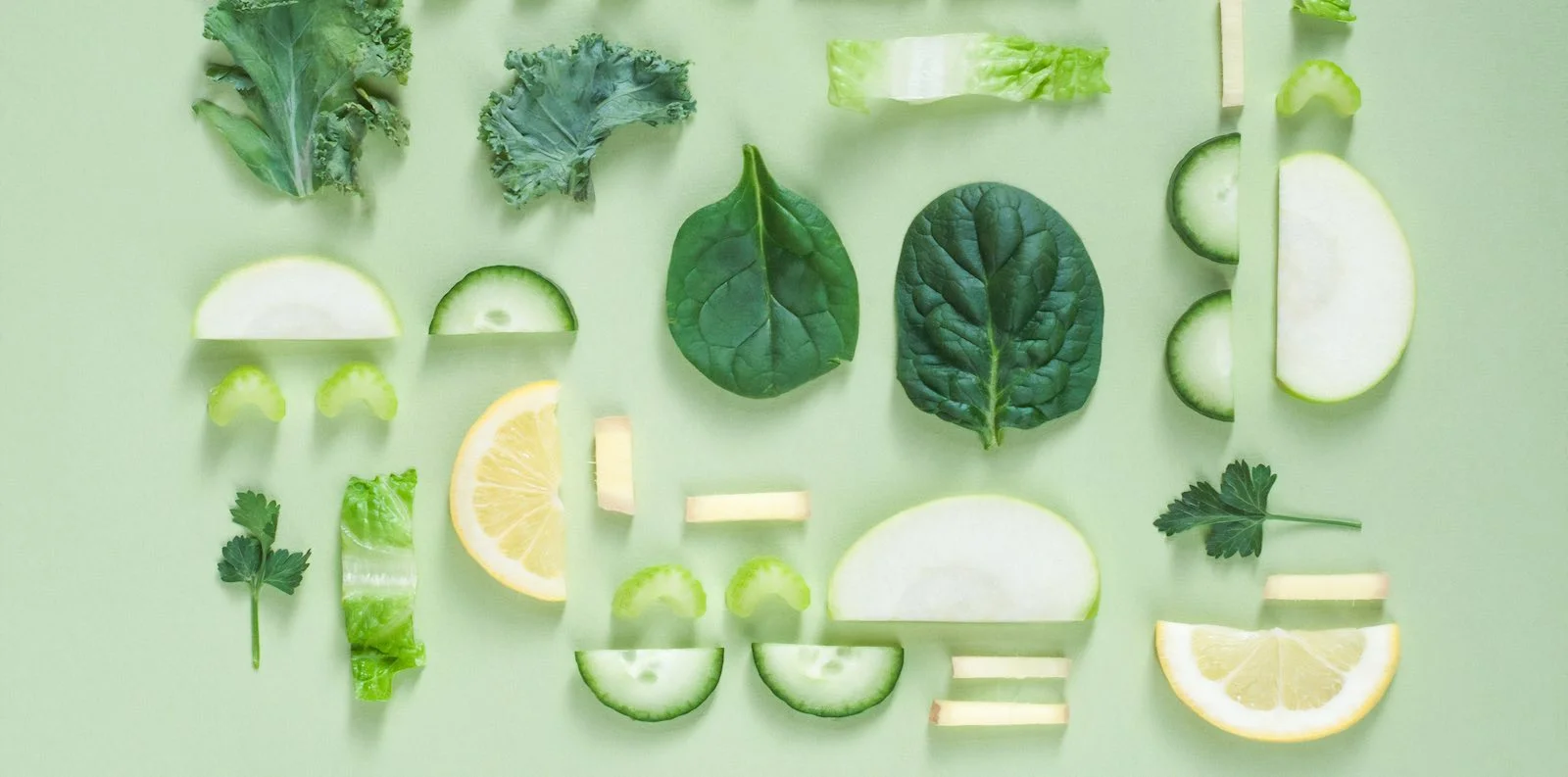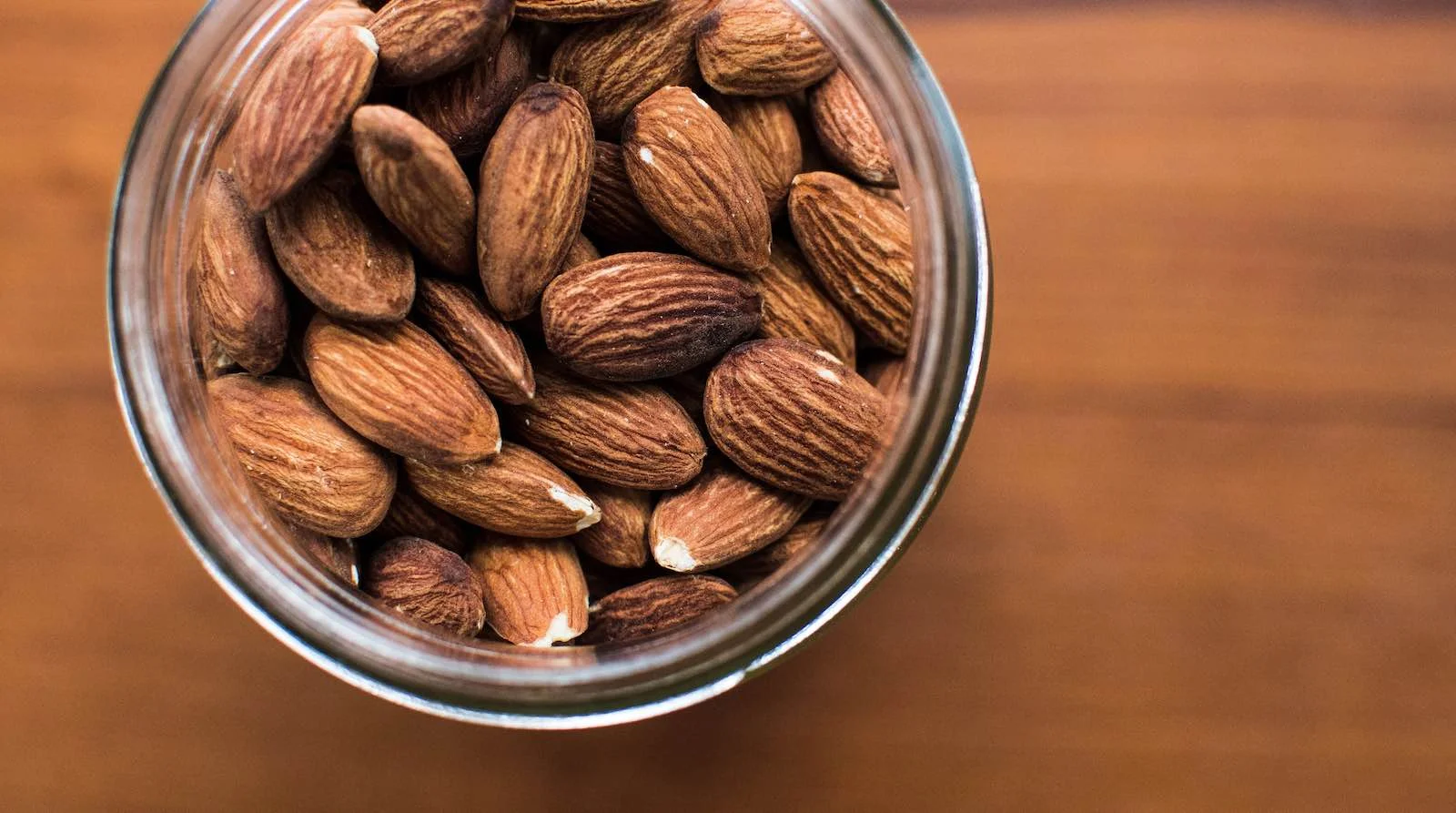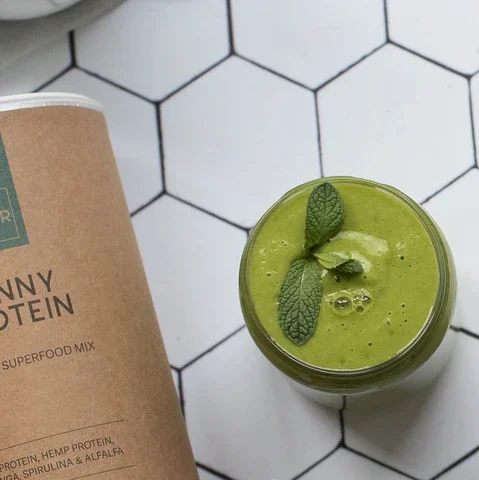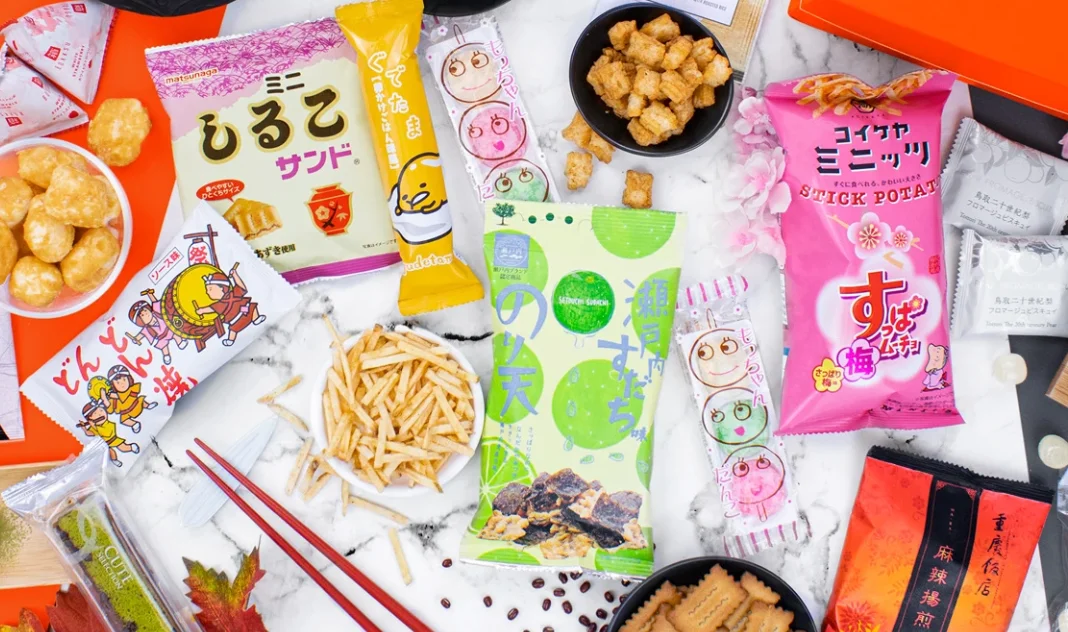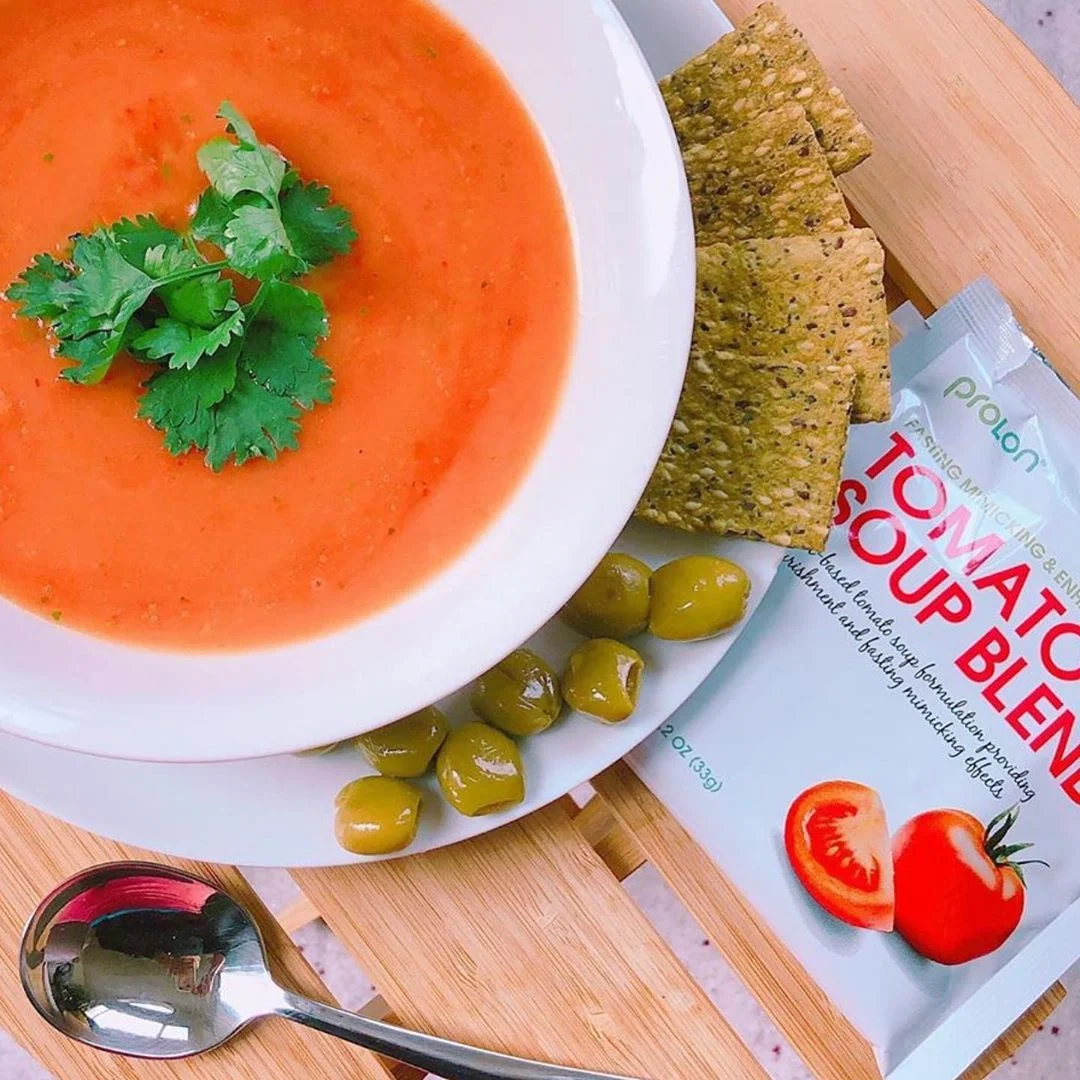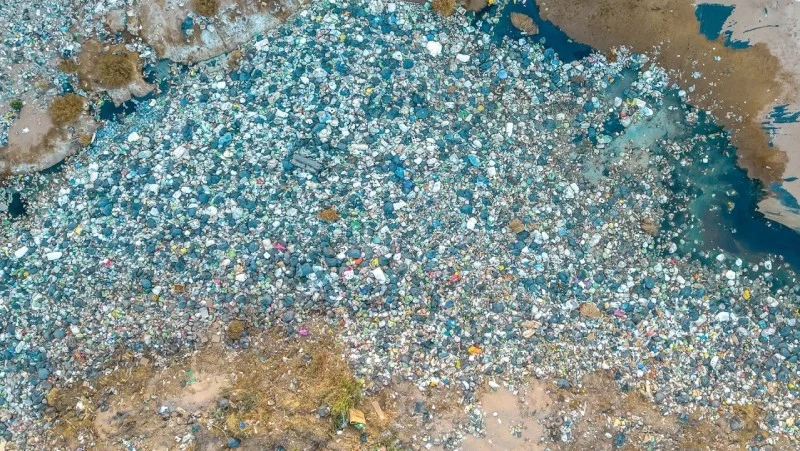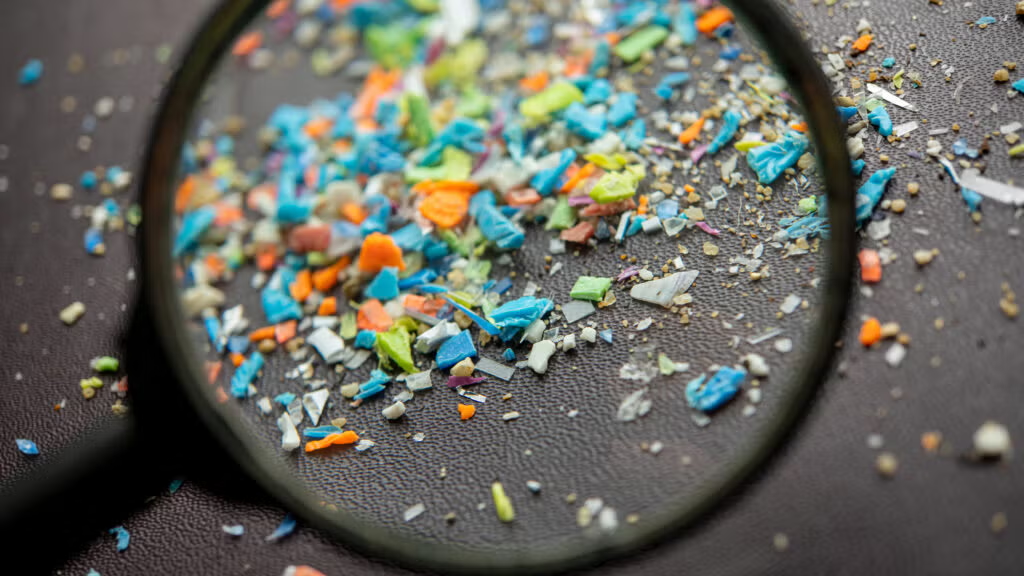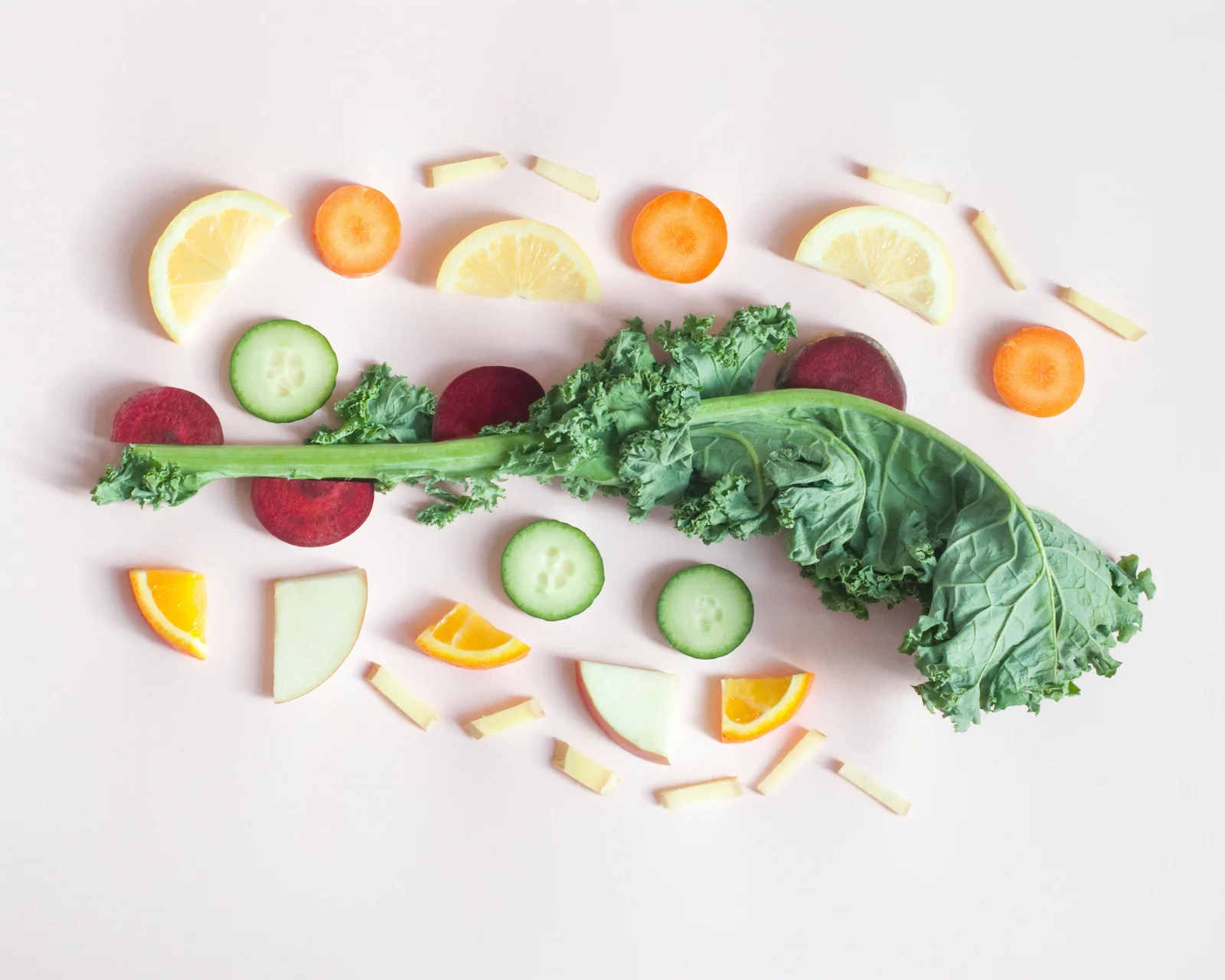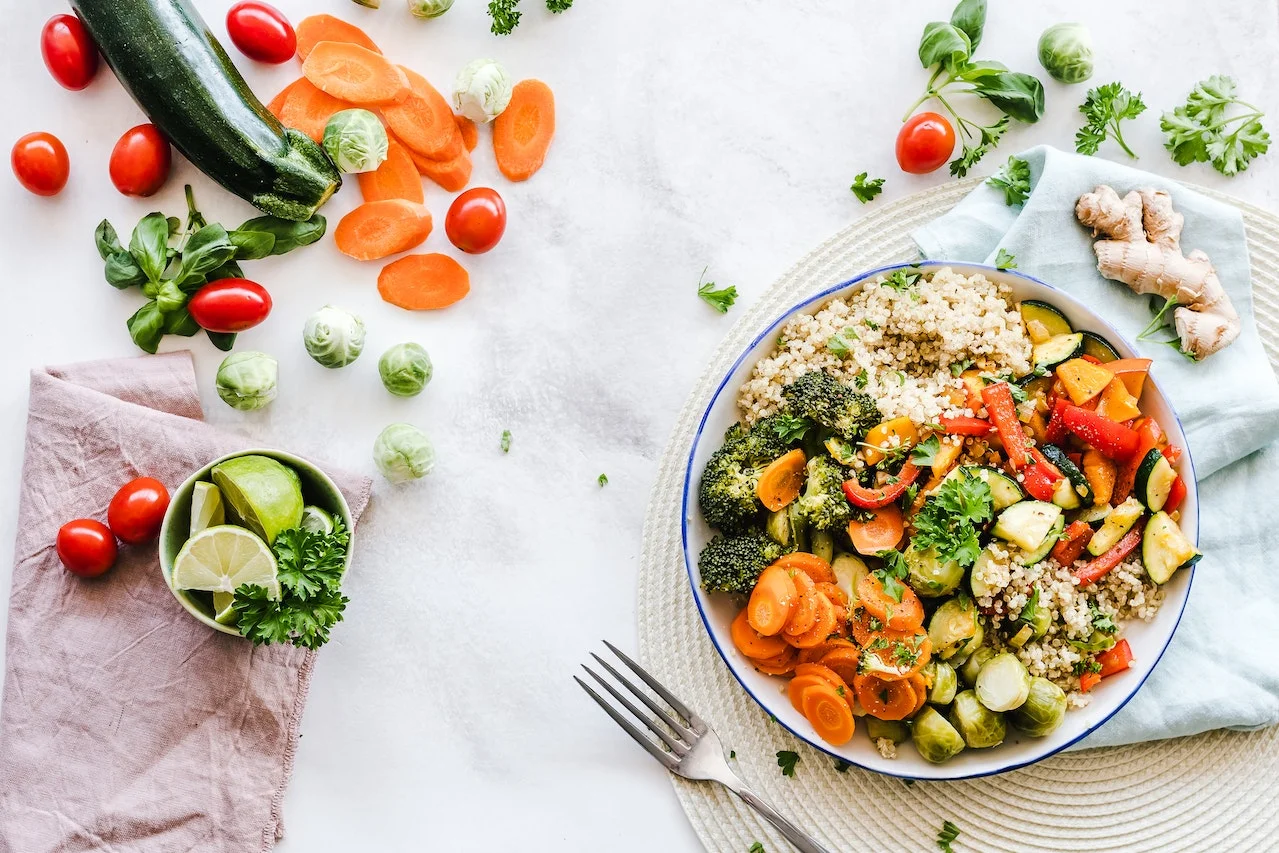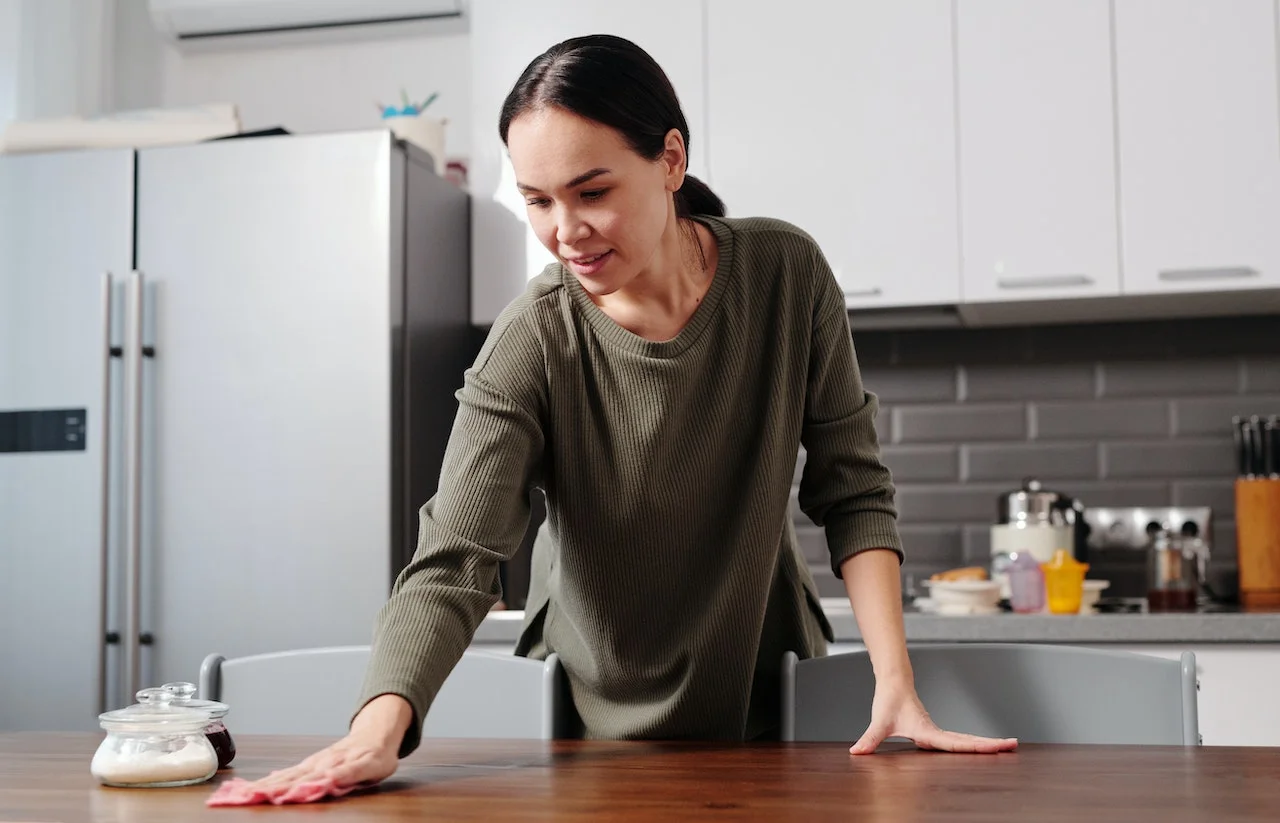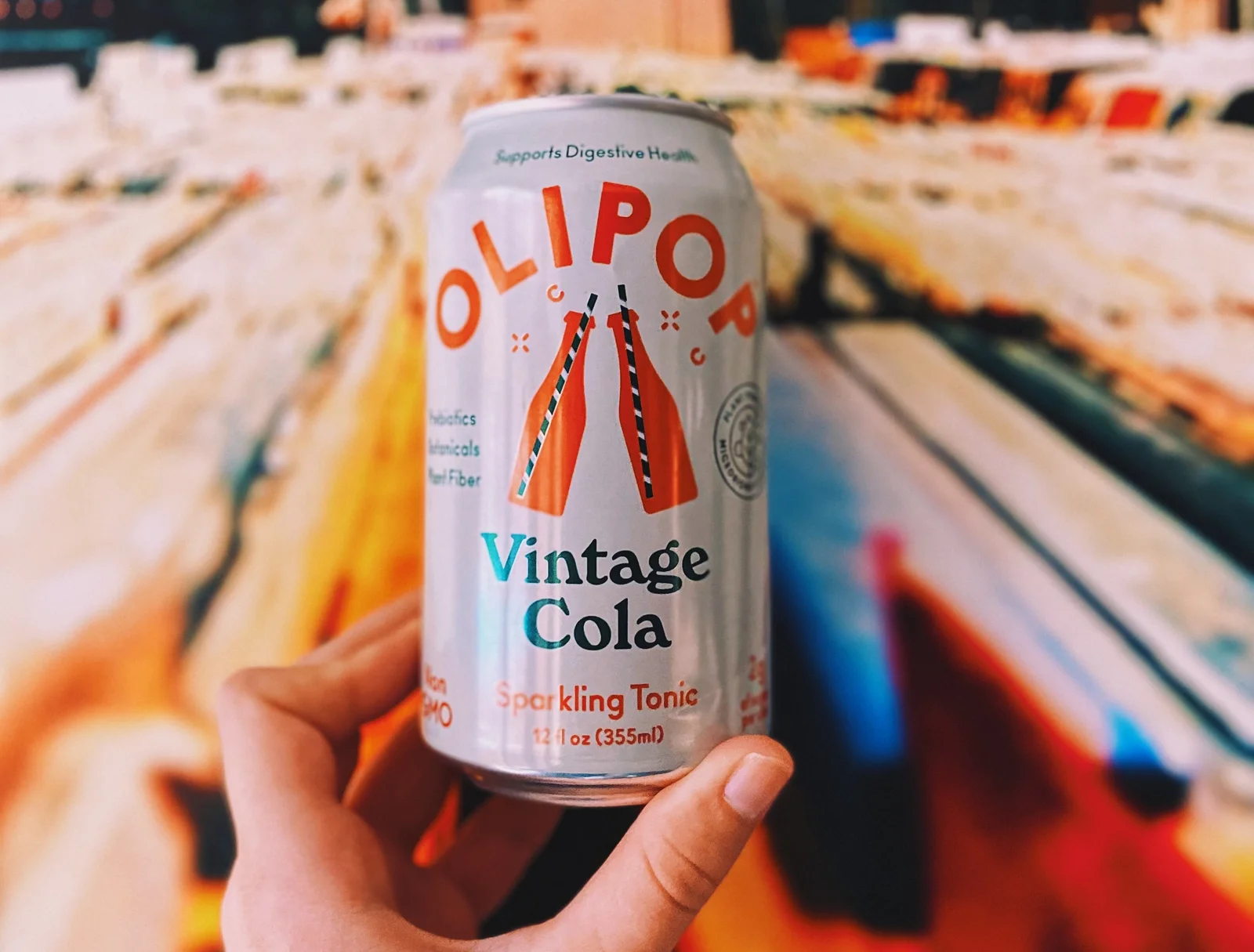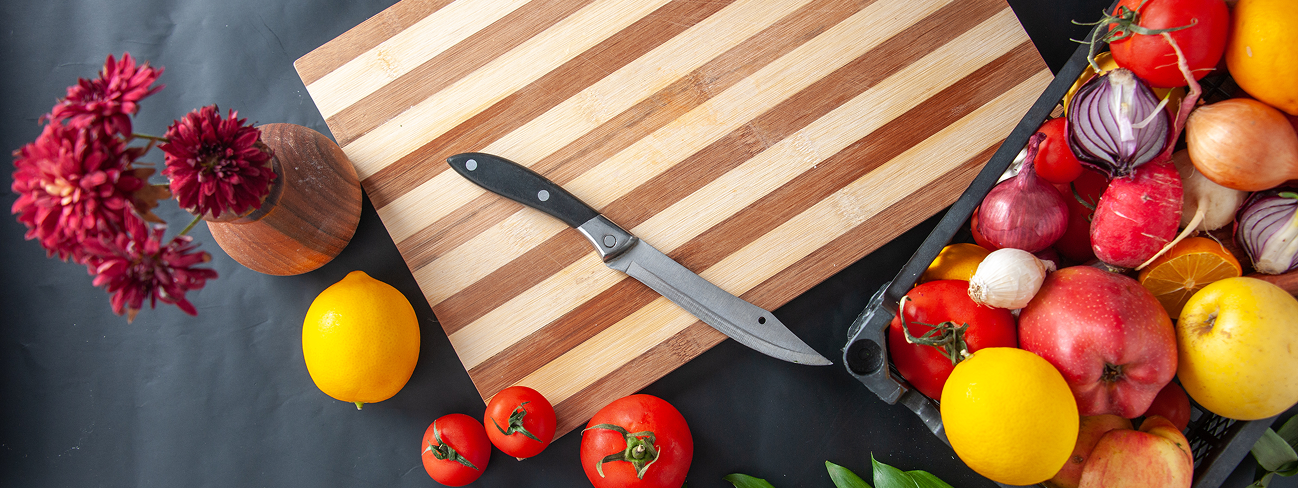
The 5 Best
Zero-Plastic Cutting Boards
- Doug Reffue
- September 29, 2025
The convenience of plastic cutting boards has made them a kitchen staple for many, but a growing body of research is shedding light on a concerning problem: microplastics. Every cut, chop, and slice on a plastic board can release tiny plastic particles into your food. These microplastics, invisible to the naked eye, are then ingested, posing potential health risks. The environmental impact is also significant, as these tiny fragments make their way into our waterways and ecosystems.
– Dr. Elenor Vance UC Berkeley
Say Goodbye To Plastic:
Top 5 Zero-Plastic Alternatives
Choosing a zero-plastic cutting board is a proactive step towards a healthier kitchen and a more sustainable lifestyle.
Here are five excellent alternatives to consider:

Titanium
Built to last
Titanium cutting boards are exceptionally strong and resistant to scratches, dents, and warping, so they hold up even with daily use.
More hygienic than wood or plastic
The non-porous surface won’t trap odors, stains, or bacteria, making cleanup quick and sanitary.
A trade-off for durability
The same hardness that makes titanium so tough can also wear down knife edges faster, meaning more frequent sharpening.
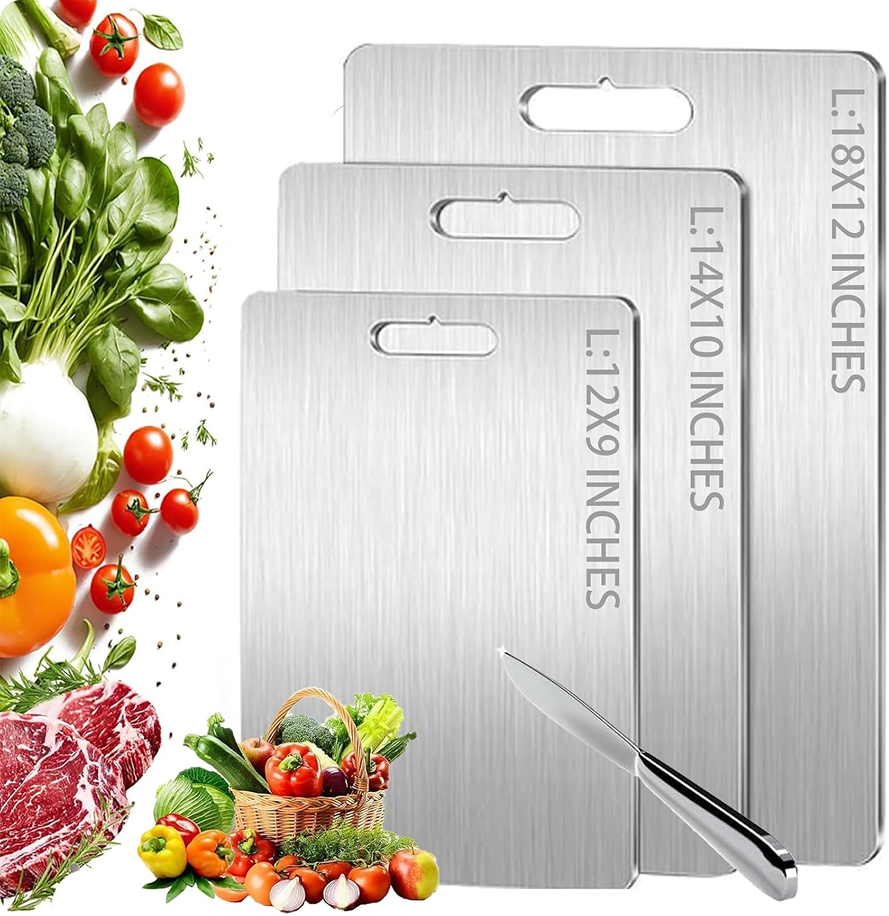
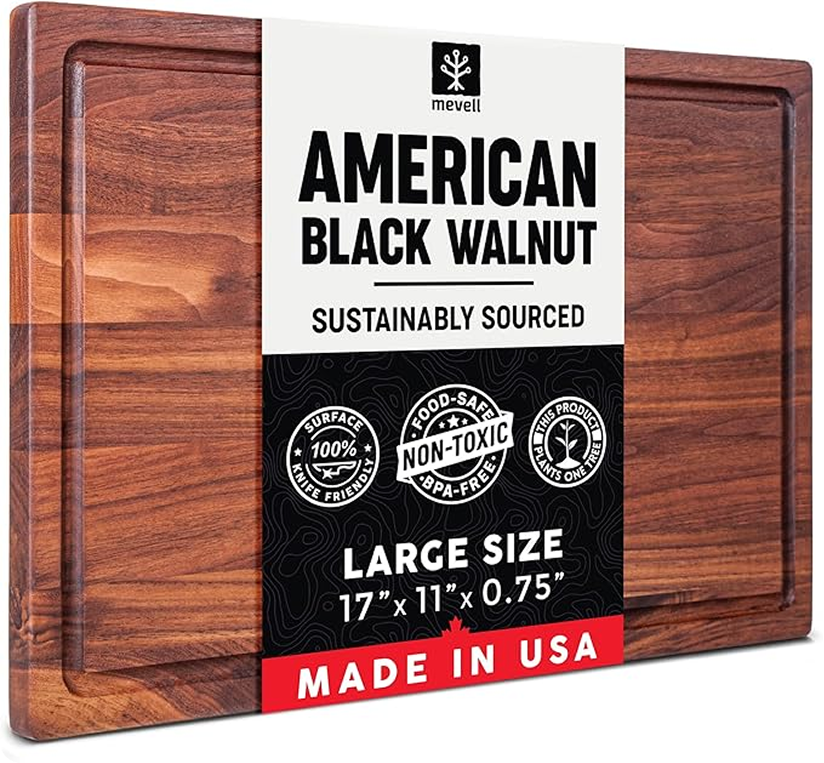
Hardwood
Gentle on knives
Hardwood boards provide a bit of “give,” helping to preserve sharp edges longer compared to glass, stone, or metal surfaces.
Naturally beautiful and durable
Woods like maple, walnut, or cherry bring a warm, classic look to the kitchen while standing up well to years of chopping.
Maintenance required
They need regular oiling to prevent cracking or drying out, and they’re not dishwasher-safe, which can be inconvenient.
Stainless Steel
Exceptionally durable
Stainless steel boards won’t crack, warp, or stain, and can handle heavy-duty chopping, slicing, and even meat butchering.
Ultra-hygienic and easy to sanitize
The non-porous surface resists bacteria and odors, and can be washed with soap, bleach, or even in the dishwasher.
Hard on knives
Like titanium, the tough surface can dull knife edges more quickly than wood or bamboo, requiring more frequent sharpening.

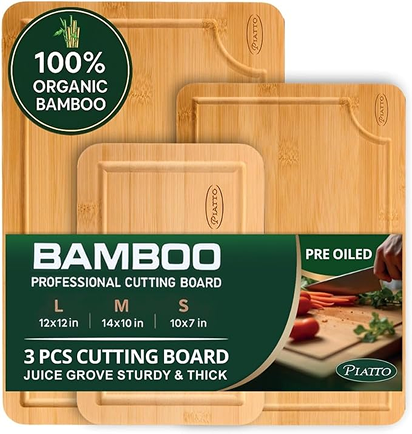
Bamboo
Eco-friendly choice
Bamboo is a fast-growing, renewable resource, making these boards a greener option compared to plastic or traditional hardwood.
Lightweight yet durable
They’re harder than many woods, which helps resist scratches and knife marks while still being relatively easy to handle.
Not as gentle on knives
The natural hardness and silica content in bamboo can dull blades faster than softer hardwood cutting boards.
Wheat Straw
Lightweight and eco-friendly
Made from compressed wheat straw fibers, these boards are a sustainable alternative to plastic and easy to handle in the kitchen.
Durable and stain-resistant
They resist scratches, stains, and odors better than many plastics, making them practical for everyday use.
Heat and knife sensitive
They can warp under high heat and may show cuts from sharp knives over time, so careful handling is needed.
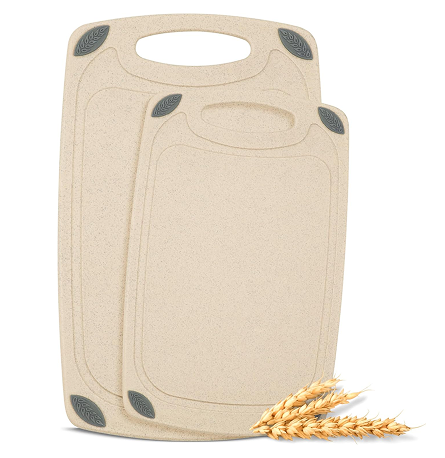
Get the latest news
and product updates for your zero-plastic kitchen.
